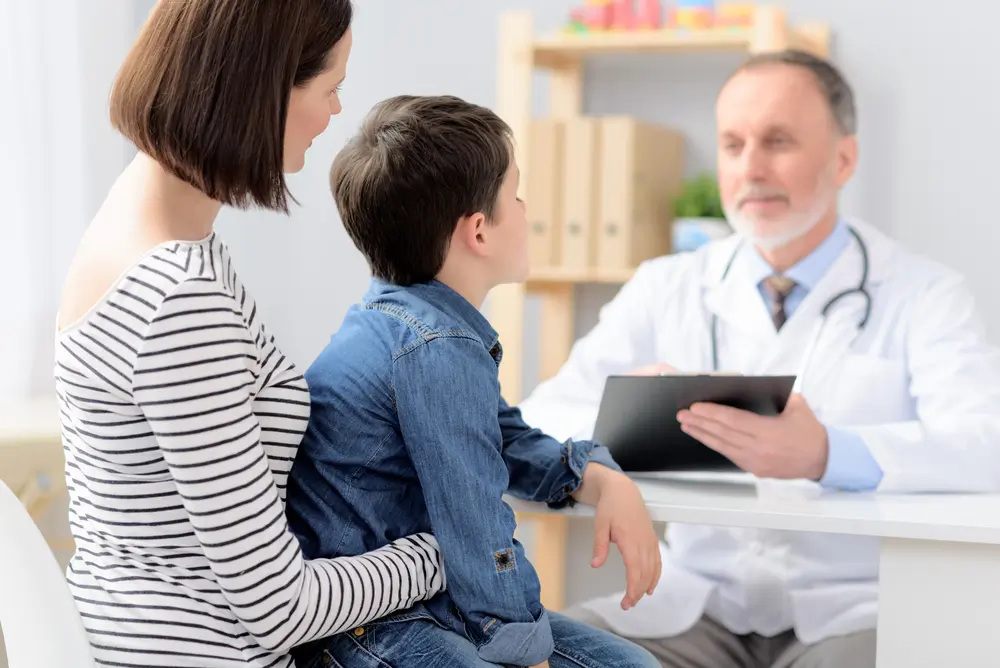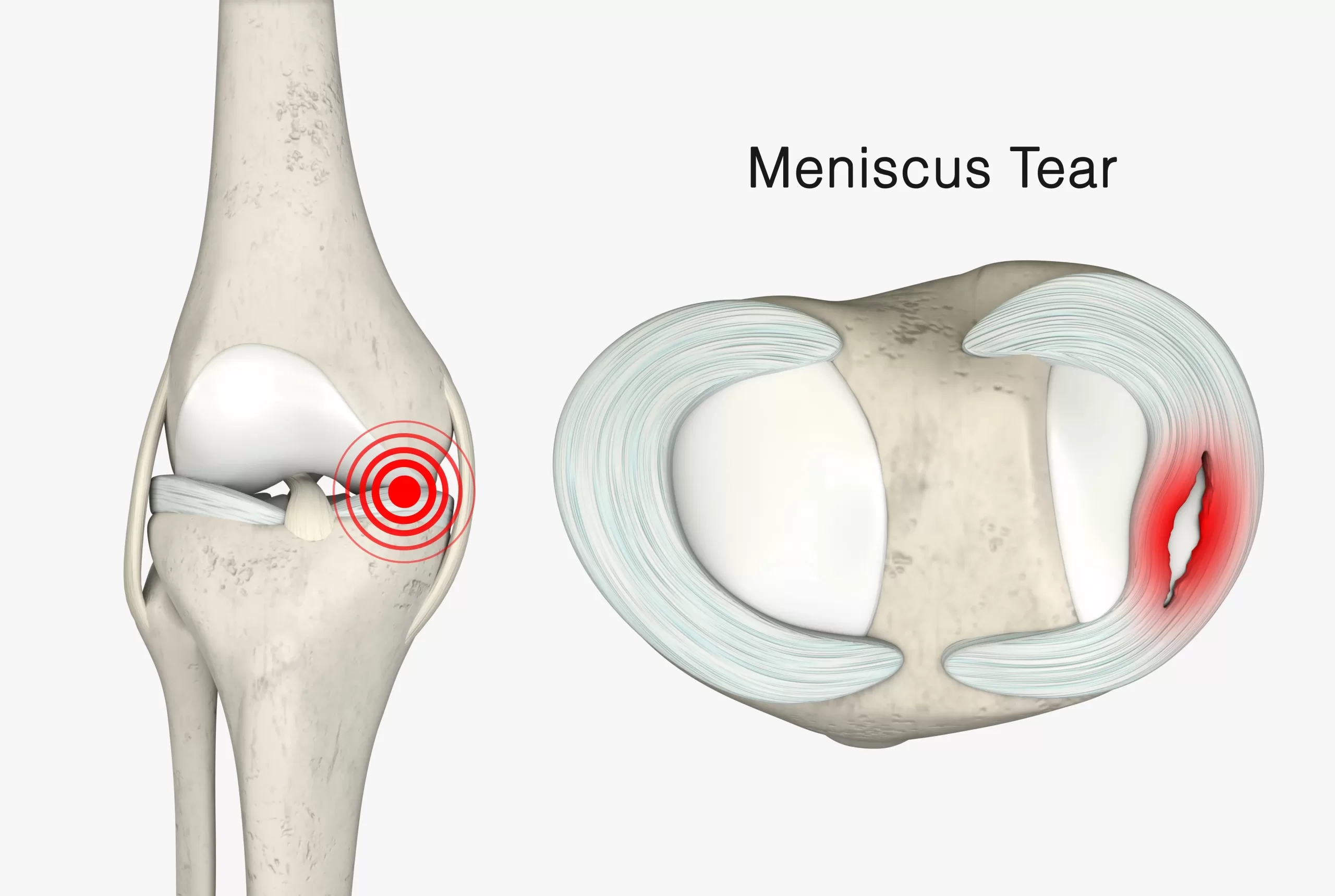Threadworms- symptoms & treatment
What are thread worms?
Threadworms (also known as pinworms) are small white worms that infect the human intestine. Infestation with threadworms is a common problem, particularly in younger children, though it can quickly spread through an entire household!
How do you get threadworms?
- You get threadworms by swallowing a threadworm egg.
- Threadworms live in the lower intestine but come out at night and lay eggs around the anal area- this can make the skin around the bottom quite itchy. If a child scratches the area, the eggs get under their fingernails, and can be passed on to other people via touch.
- The eggs can also survive for 2 weeks outside the human body, on surfaces, floors, clothing, food etc
- Once an egg is swallowed, it passes into the intestine, and can hatch, starting up the cycle again.
- People sometimes worry that threadworms come from pets or animals- this is not the case. You can only get threadworms from humans.
What are the symptoms of threadworms?
- An itchy bottom- this is the most common symptom. The itch can be very intense, is often worse at night, and it may cause disturbance to a child’s sleep. The skin around the anal area may get red and sore from scratching.
- Itch and poor sleep may cause a child to be irritable and out of sorts.
- Girls may also get itch and redness around the vagina.
- Appetite for food may be reduced
How can you tell if your child has threadworms?
- It’s not a pleasant job, but the usual advice is to check the anal area with a bright torch at night!
- The small white thread-like worms will be seen moving around the anal area, and in girls, sometimes around the vaginal opening too.
- Threadworms may also be visible in a child’s poo.
- If your child has a very itchy bottom, but you haven’t spotted worms, your doctor may still suggest treating them for threadworms, just in case.
How do you get rid of threadworms?
- Medications to treat threadworms are available from a pharmacy, without a prescription. Treatment for threadworms is often just a single dose. Some treatment plans may involve a second dose after a few weeks.
- It’s usually advised to treat the whole household, to avoid reinfection.
- It’s also advisable for children and adults to have a good shower or bath the same day as treatment, and the next morning, to wash away eggs from the anal and genital area and avoid reinfection.
- Wash bedding and underwear in a hot wash, and ideally vacuum the house as thoroughly as possible in case eggs have been shed onto carpets etc.
- Keep your children’s fingernails well-trimmed- this makes it harder for eggs to gather there.
Can threadworms come back?
- Yes, reinfection is common
- So, if symptoms come back, consider checking or treating again
- You should speak to your doctor if the initial symptoms do not settle after treatment.
When should I see a doctor?
In certain situations it is important to speak to a doctor, as treatment with over-the-counter medication may not be suitable, including
- Pregnant women
- Children under the age of 2
- If there are more concerning symptoms such as weight loss, change in bowel habit, fatigue or generally feeling unwell
- If the initial symptoms, such as itchy bottom, don’t settle as expected following treatment
If you have further questions about threadworms, speak your doctor or pharmacist.

Osteitis Pubis
Osteitis Pubis Osteitis pubis is an inflammation in the joint at the front of your pelvis, just above your genitals. The pubic joint, its cartilage and the surrounding muscles [...]
Electroencephalogram (EEG test)
Electroencephalogram (EEG test) You may have heard of an investigation called an ECG before, which is a test for the electrical conduction of your heart. But did you know [...]
Meniscus tear
Meniscus tear The meniscus is cartilage in the knee that helps with cushioning of the joint during impact, such as running and twisting. A meniscal tear can occur when [...]





